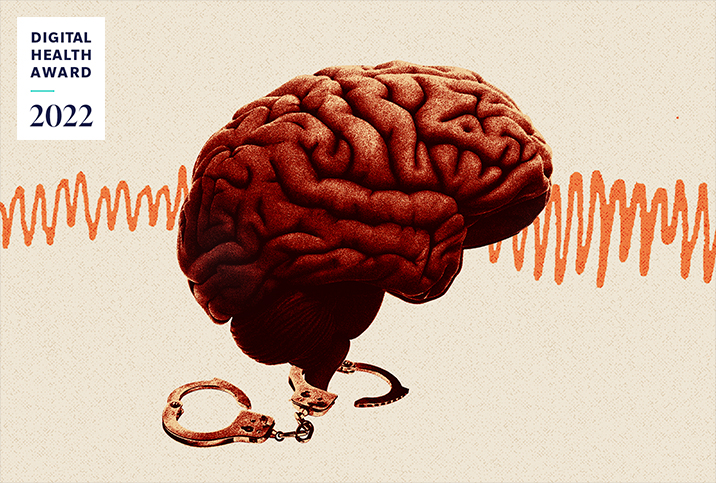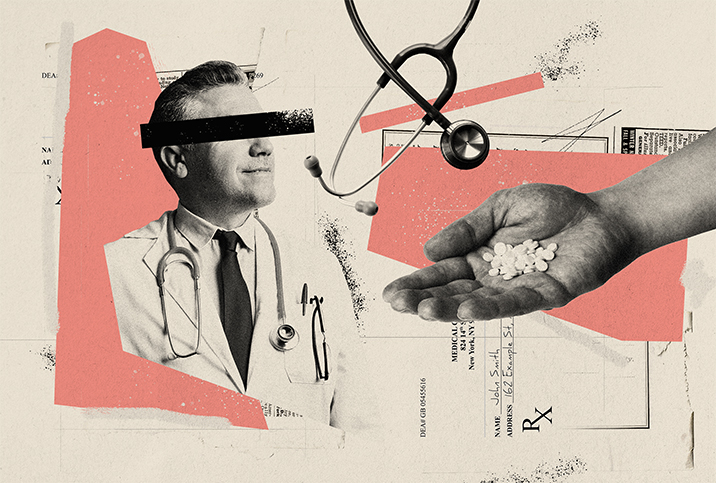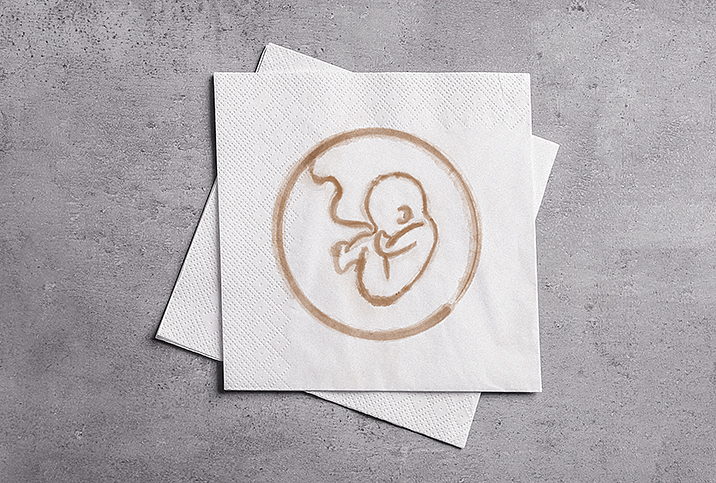The Nuance and Consequence of Behavioral Addictions

For years now, we've been hearing reports about the growing statistics concerning opioid, alcohol and substance misuse in the United States. But there's another problem gaining traction: behavioral addictions.
Behaviors such as sex, masturbation, gambling and shopping can become all-consuming to some people. While these behaviors can cause functional impairments—becoming so prevalent that they damage quality of life, work productivity, relationships and family interactions—there is a major conflict among medical professionals about how to classify them: Are they compulsions or addictions?
What is a behavioral addiction?
The largest concern within these conflicting perspectives is that a substance does not exist to cause the addiction. Susan Milstein, Ph.D., lead consultant for Milstein Health Consulting and the American Association of Sexuality Educators, Counselors and Therapists, noted that while it may be difficult for patients to overcome the behaviors, without a substance involved, there are no withdrawals or physical complications during treatment, which means there is no chemical dependence.
"The problem is that with substance addiction, we have a clear set of diagnostic criteria," Milstein said. "There are clear causes, treatments and recovery options. This is often because, with every patient, there is a different root cause for their compulsions. It can be related to stress, lack of coping skills or maybe even undiagnosed mental health conditions."
The most well-known behavioral addictions are sex and gambling. Gambling is recognized as a disorder by the American Psychiatric Association, while the World Health Organization classifies compulsive sexual behavior as a mental health disorder. Other behavioral addictions include exercise, food, shopping, gaming and work. Largely, any behavior that could impact a person's ability to maintain their daily responsibilities, causes physical or mental harm, or leads to negative consequences to relationships can be classified as a behavioral addiction.
Unsurprisingly, these compulsive behaviors coincide with mental health disorders such as bipolar disorder, depression, anxiety, post-traumatic stress disorder and borderline personality disorder. These comorbidities coincide with the theory that behavioral addictions are more likely symptoms related to these underlying conditions.
Ultimately, these compulsions can spiral and undermine every aspect of your life.
"Unfortunately, there is just not enough research that exists to point to clear medical causes, which just continues the conflict and means that with each patient, we focus on finding the individual cause and work on managing or overcoming those causes," Milstein said.
Regardless of the classification, the problems are real. In some cases, compulsions can become so consuming that an individual may become financially unstable, spending more on their habit than they can sustain. In other cases, compulsions can lead to major damage to the patient's body.
Let's take exercise as an example. While you may think your doctor would approve of an "addiction" to working out, if you become so obsessed you can't stop yourself from spending hours at the gym, your body can become so fatigued that you can cause a major injury. Extreme exercise routines may also cause unsafe weight loss. You may also become so obsessed with exercise that you end up spending the money you need to pay your bills.
Ultimately, these compulsions can spiral and undermine every aspect of your life.
How to evaluate a patient
The American Society of Addiction Medicine characterizes addiction as "the inability to consistently abstain, impairment in behavioral control, craving, diminished recognition of significant problems with one's behaviors and interpersonal relationships, and a dysfunctional emotional response."
Based on this definition, any behavior that causes these consequences could be classified as an addiction. However, with so much stigma surrounding some of these behaviors, many therapists would rather focus on treating each patient than settling the debate.
"When a patient first walks in the door, I assess where they are in their goals of recovery," said Amelia Roeschlein, L.M.F.T., a licensed clinician in California and consultant to the National Council for Mental Wellbeing. "Most often, patients come to me because their partner, their family or their employer wants them to."
She noted that understanding the patient's goals can determine where to begin in treatment. For example, if they just want to appease their family, she typically works on education and self-examination to help the patient recognize the damage of their behavior.
"Allowing the patient to define their condition and continue to define it throughout treatment gives them a sense of control over their condition, which ultimately makes them feel in control of their healing," Roeschlein continued.
The debate has brought a new focus to the idea of "addictive personalities." Some people might be hardwired to become addicted to repetitive behaviors or the excessive use of substances, which predisposes them to addiction, just as someone can be genetically predisposed to any other disease.
The warning signs of behavioral addiction
For many people, the consequences of even seemingly innocent tasks may not be immediately obvious, but there are warning signs to look out for, such as forgetting hygiene and self-care in favor of completing a compulsion, avoiding family or friends out of shame, or altering your life to better accommodate or increase the frequency of your compulsion.
Working with licensed professionals who focus on the psychological causes and triggers can help you manage the compulsions and potentially eliminate behavioral addiction.


















